Transhood Discussion Guide
Transhood brings to life the diverse stories of four transgender and gender expansive youth from Kansas City, Missouri as they experience the challenges and triumphs of growing up. Avery, Jay, Leena, and Phoenix navigate relationships with family, friends, school and community, struggling to live authentically in a world which often excludes them in small and large ways.
The stories in Transhood underscore the reality that there is no "single path" for young people who are discovering and articulating their gender identity. The particulars of Avery, Jay, Leena and Phoenix’s gender journeys are unique, yet, they share some experiences in common: Each has transitioned to some extent, that is, found a way to align their outer gender expression and/or physical body with their inner gender identity. Each has also had to maneuver through the challenges of interpersonal relationships and school experiences with the support and advocacy of others, namely their parents.
Below please find information and resources on transitions, as well as a range of related topics, written by Mimi Lemay, transgender rights advocate and parent, and author of What We Will Become: A Mother, A Son and a Journey of Transformation.
Transitions
Supporting the social, emotional, and physical needs of transgender youth
A gender transition is not a single act or step but may include some social, medical, or legal aspects. Put simply, it is an alignment of outer expression and/or physical aspect with deeply held, inner gender identity. This alignment is something that cisgender (that is, not transgender) individuals may take for granted, but for a transgender person, a transition can be a momentous act of self-determination, requiring courage and faith that they will be accepted in their new presentation, and as their true selves.
A typical transition may also take place in stages. It can be a social, medical, or legal (altering one’s name and gender marker on identification) or a combination of the above. While evidence points to the formation of gender identity at a young age (approximately 2-4 years old) the exploration of gender, and transition, can take place at any stage of life.
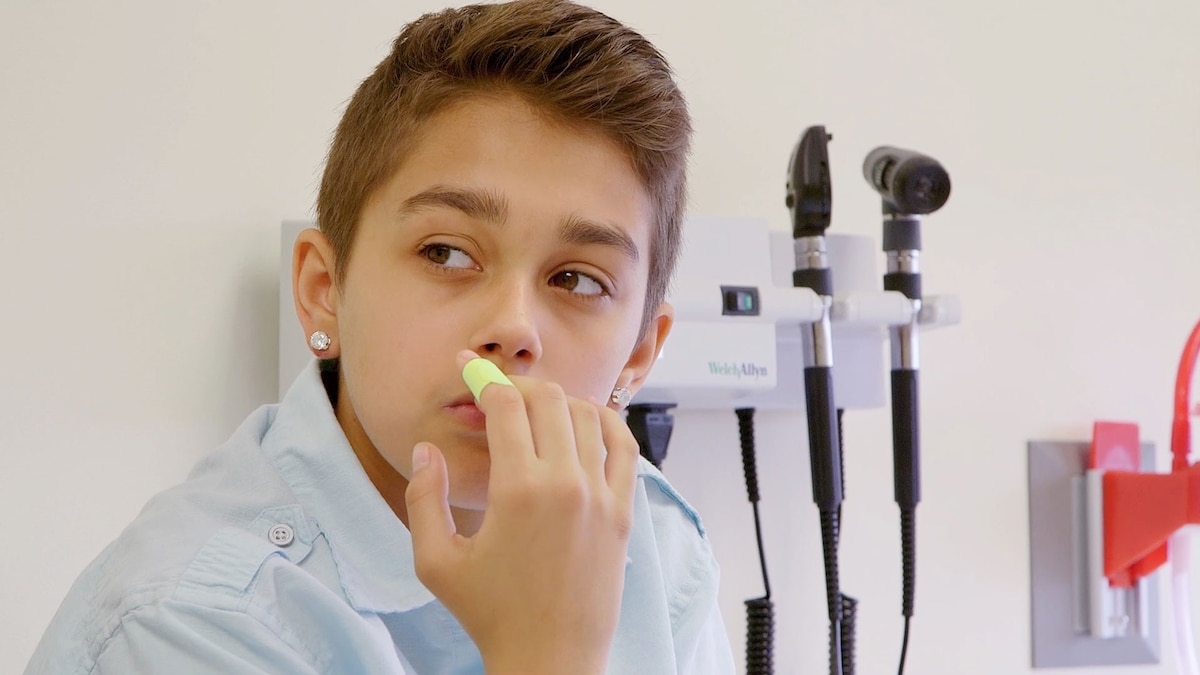
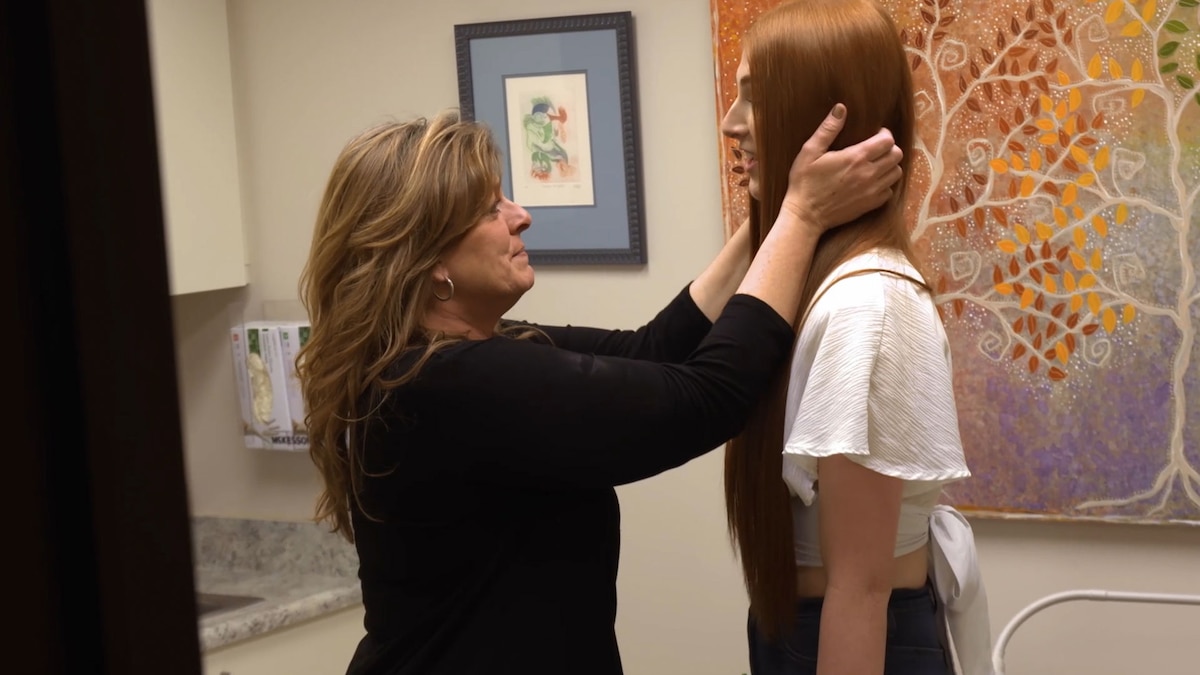
The youth in Transhood have all undergone social transitions - changing clothes, hair, pronouns, and in most cases, their names to reflect their gender as they experience it. Avery, Jay, and Leena, at puberty, each chose to undergo some degree of gender-affirmative medical transition as well.
When they do reach adolescence, receiving gender-affirming care is often life-saving for the young person who needs it. Avery’s mother, Debi, talks about the panic Avery experiences at the thought of impending puberty and the growth of facial hair or the deepening of her voice. Leena discusses with her dad, Mike, her desire to one day undergo gender confirmation surgery (GCS): “I don’t think I could live my whole life in the body I have now.”
It is important to note that not all gender diverse individuals choose medical interventions. Some are comfortable in their gender presentation and bodies, and for others, the cost of medical interventions is prohibitive, or health conditions prevent them from considering these therapies. It is never appropriate to inquire of a transgender person, or their loved ones, what if any medical interventions they have undergone.
Jay’s doctor is surprised that their family’s insurance will not cover the cost of some of his medicine. Despite being medically necessary, and covered under the Affordable Care Act, insurance companies frequently continue to deny coverage for transgender health care. This is something that LGTBQ+ rights advocates, like the Human Rights Campaign, are attempting to ameliorate by urging Congress to pass the Equality Act, the most comprehensive sexual orientation and gender identity rights bill in the history of this country.
The TREVOR PROJECT, an organization focused on suicide prevention for LGBTQ+ youth found that among the transgender and non-binary youth surveyed for its 2020 National Survey on LGBTQ Youth Mental Health, over half had seriously considered suicide in the last year alone. This number was cut nearly in half when a young person’s pronouns and identity were respected in their home and school environment. This aligns with the “affirmative-care model,” endorsed by all major medical organizations in the US that treat transgender youth: American Academy of Pediatrics, American Psychological Association, American Academy of Child and Adolescent Psychiatry.
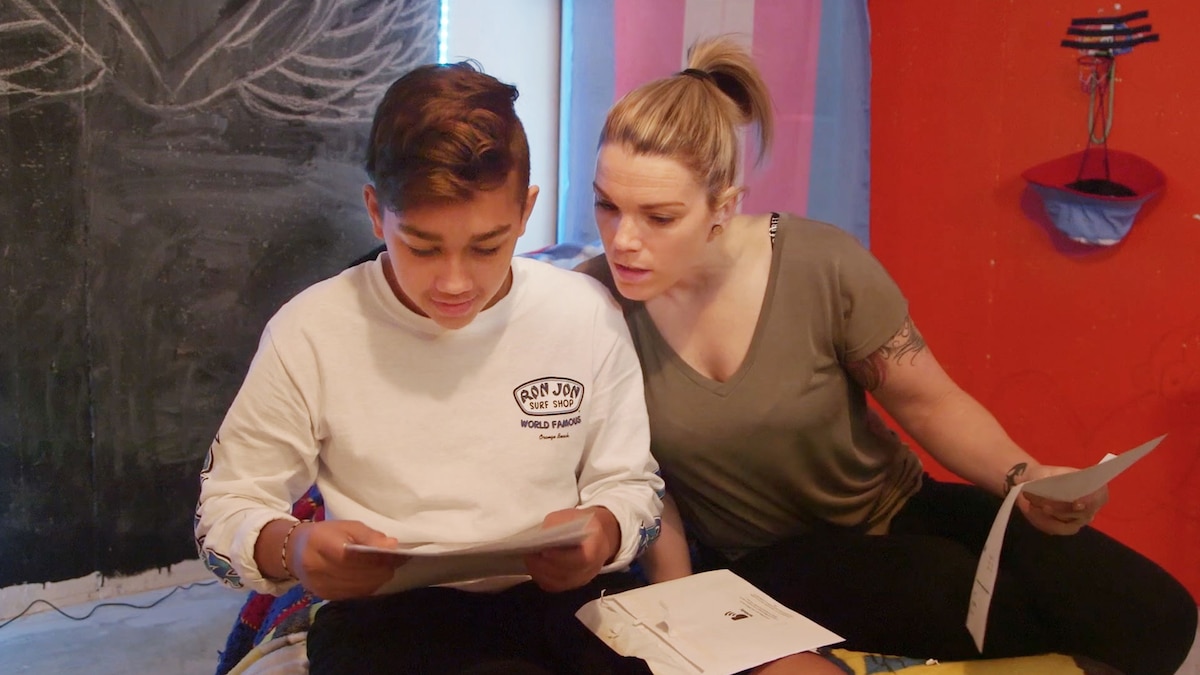
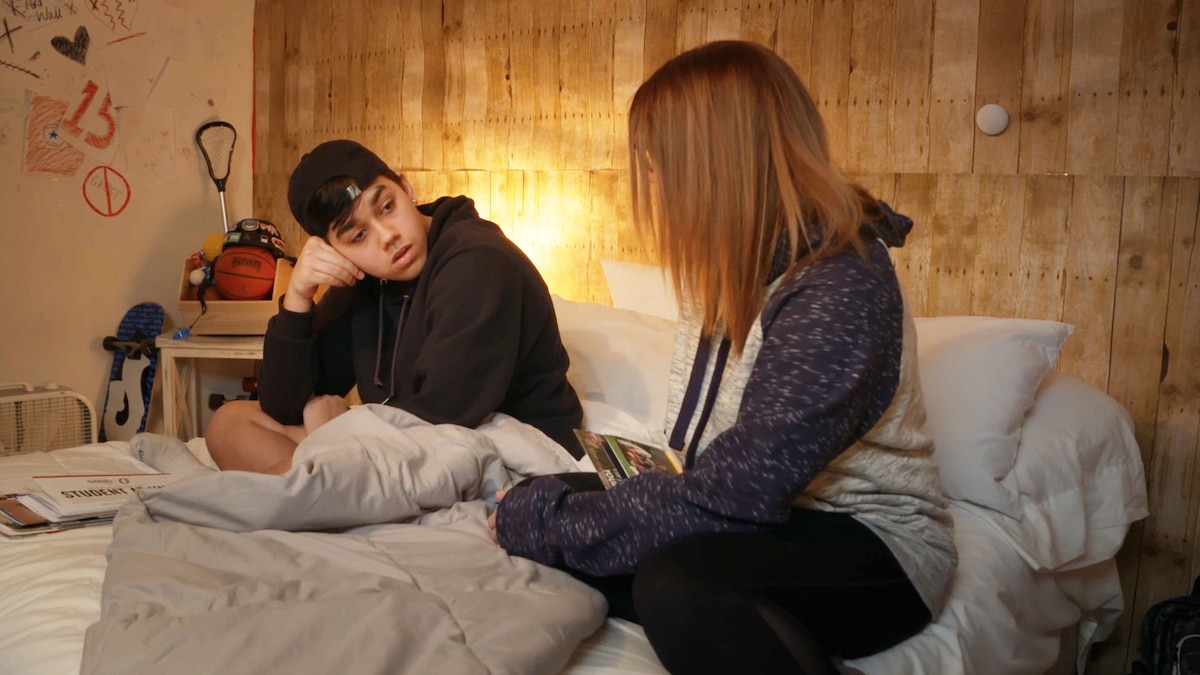
Jay, who discusses feeling suicidal after being “outed,” by his peers, voices his concern that people will never accept him for who he is. Parents of transgender children often articulate their choice to support their children’s gender identity despite fears that their children will be harassed for their gender-diversity, in the way that Bryce, Jay’s mom, does: “I’d rather have a healthy son, than a dead daughter.”
Sadly, it is often not enough for a child to receive support at home, when the world outside their door is not accepting. Organizations like TRANSLIFELINE were created by transgender indviduals themselves to offer emotional and financial support to others who struggle with the consequences of pervasive discrimination. The TREVOR PROJECT and The American Foundation for Suicide Prevention, also offer support for struggling youth.
Despite widespread, now debunked, studies claiming that most transgender children ‘desist,’ or ‘detransition,’ to go back to their assigned gender, the reality is that most children who present with the diagnostic criteria for being transgender will continue in that identity into adulthood. With the acceptance of family and community and access to appropriate healthcare, transgender people can and do live happy, healthy, and productive lives.
One question viewers may be left with after following Phoenix’s story in Transhood is: “Did Phoenix desist?”
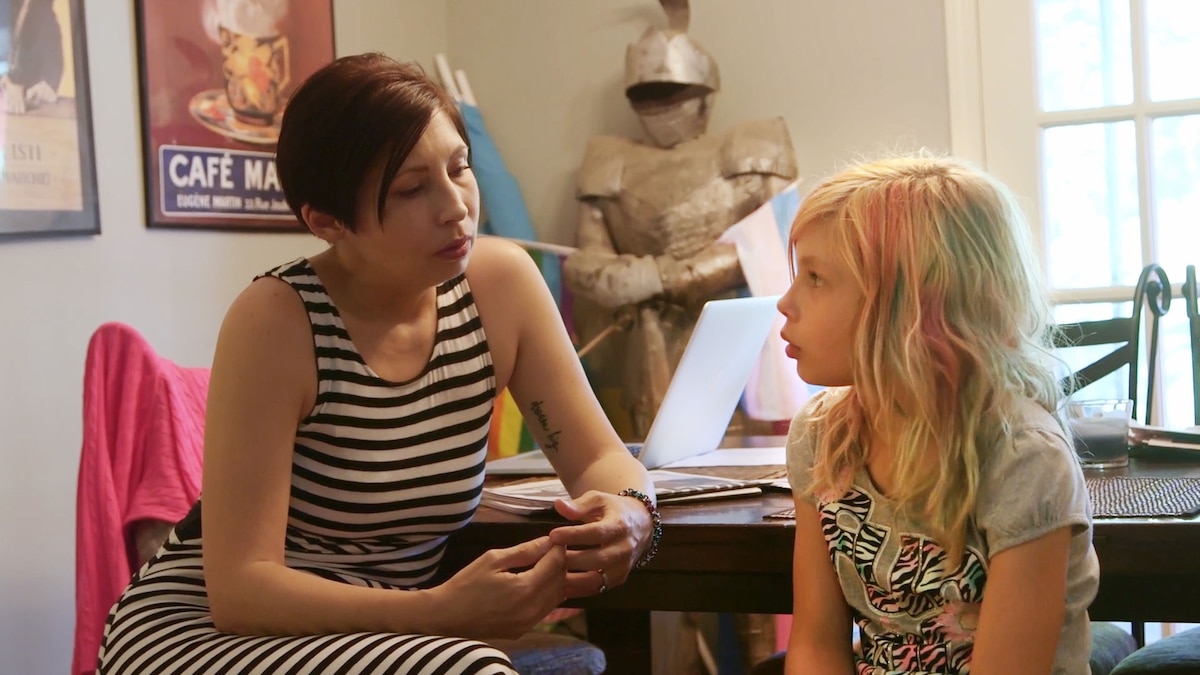
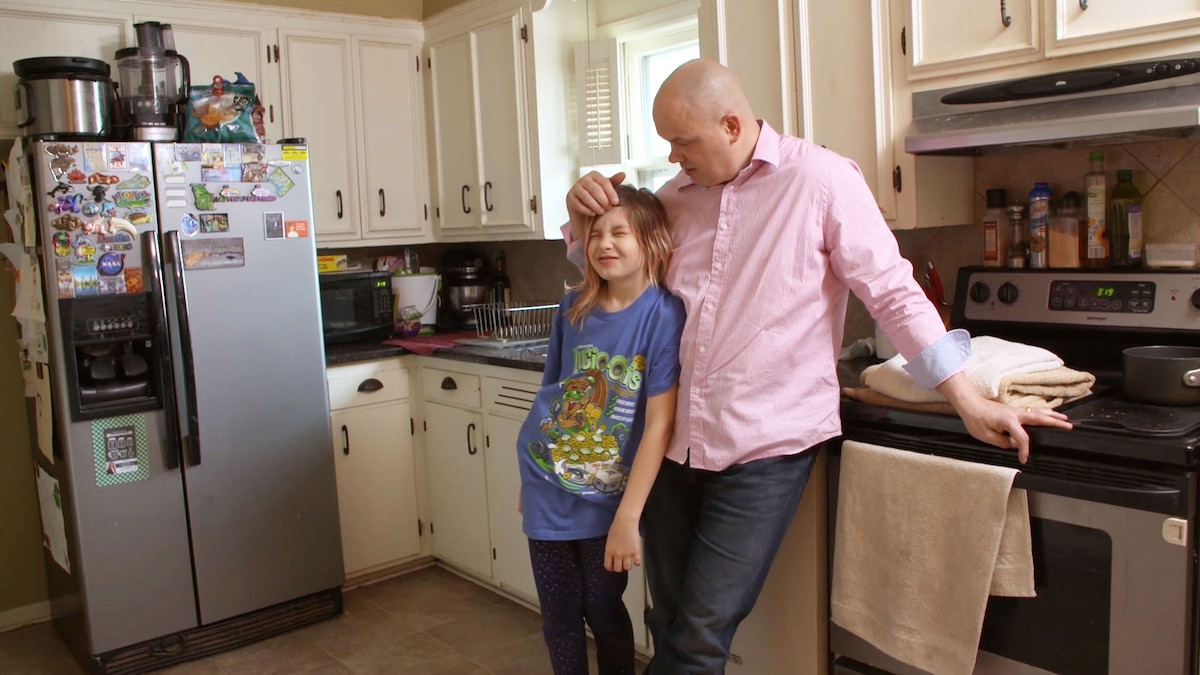
Some children experience gender as a fluid, evolving aspect of themselves. Others are non-binary - neither the label “boy” or “girl,” would feel descriptive of them. The only person who knows what Phoenix’s gender identity is, or was, quite obviously, Phoenix. What we do know is that ‘detransitions’ continue to be rare, and often, as reported by those who experienced them, motivated by fear of rejection or hardship. Allowing children the freedom to explore their gender identity at every stage of development continues to be the best way to support their physical and emotional well-being. So-called “conversion” or “reparative” therapies, which claim to be able to alter a person’s sexual orientation or gender identity, have been found to lead to sharp increases in LGBTQ+ teen suicides, already several times the national average, and are banned in 20 states and counting.
What emerges quite clearly from the stories of Avery, Jay, Leena, and Phoenix is that when a child transitions, the entire family undergoes a fundamental shift, requiring education, resources, and advocacy. Organizations like The Ackerman Institute for the Family’s Gender and Family Project provide gender-inclusive training for schools and community organizations as well as mental health support and community for gender-diverse individuals and their families. PFLAG, an organization founded in the 1970s to provide grassroots support for LGBTQ+ Youth and their Families, has expanded to every corner of the US, with over 400 chapters nationwide.



